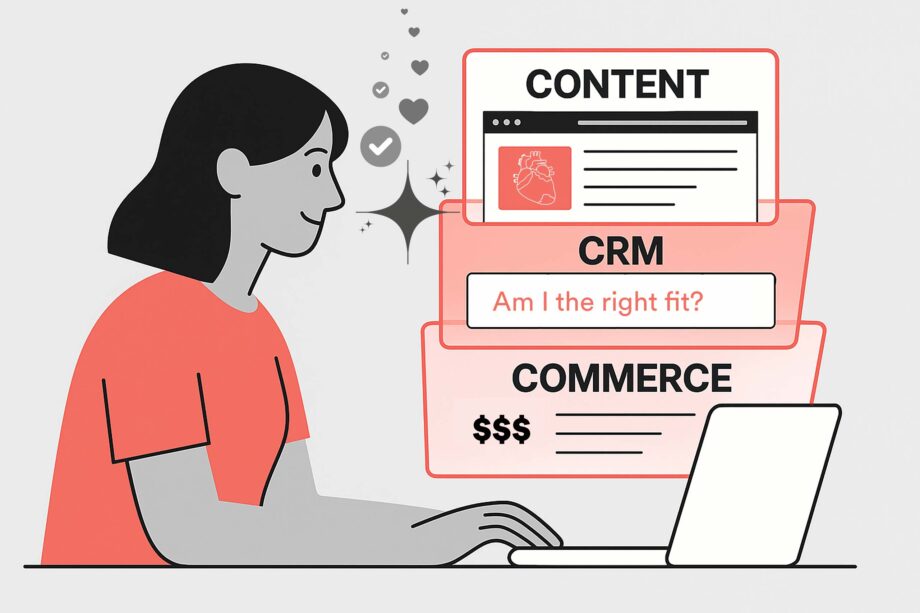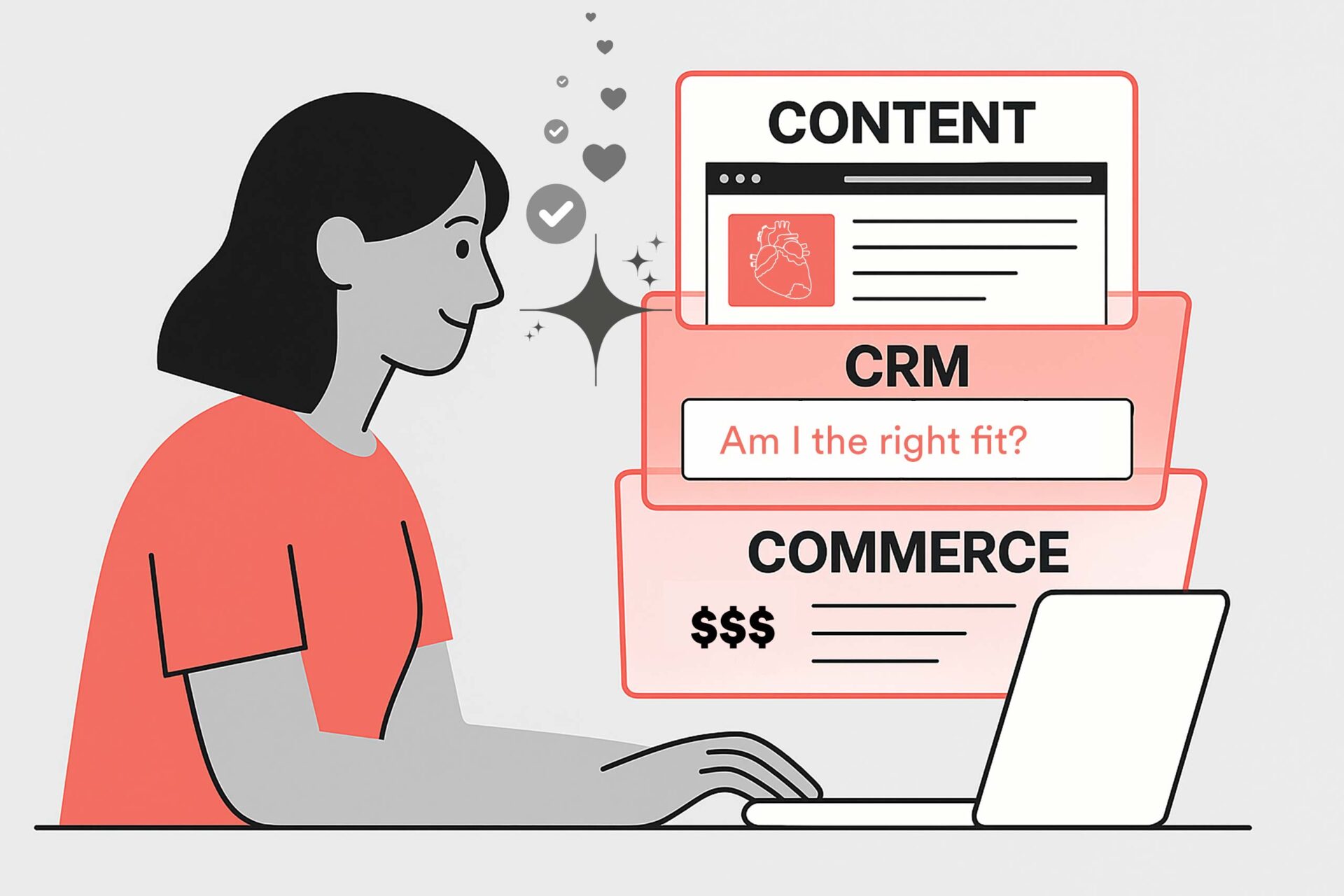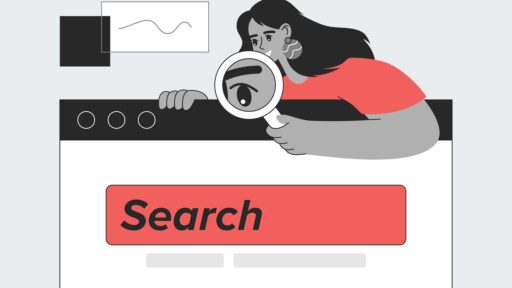There’s a Blind Spot in Hospital Website Strategy. (Spoiler: It’s not AI.)
I’ve led digital strategy for hospitals and health systems for the past two decades—inside the walls of Mass General and Tufts Medical Center, and later as a strategist and growth leader for healthcare agencies working with some of the country’s top institutions.
In all that time, one question has consistently haunted our industry:
“How do we make the hospital website more than just a brochure?”
We’ve launched redesign after redesign. We’ve added online scheduling. We’ve integrated CRMs. But somehow, the same fundamental challenge lingers: most hospital websites are still built to serve the 10% of visitors who are ready to take action today.
What about the other 90%?
The parent exploring pediatric services but not quite ready to schedule.
The out-of-state adult comparing cancer centers for a loved one.
The returning patient curious about new treatments but not yet ready to commit.
They come.
They browse.
And then… they leave.
No email captured.
No next step defined.
No data passed to the CRM.
No opportunity for re-engagement.
The Future of Hospital Websites Isn’t AI—It’s ROI.
So what comes next? The default answer these days is AI.
But here’s the thing: AI is only as good as the signals we give it.
If your website isn’t capturing anything from most of your visitors, what exactly is AI supposed to personalize? A bounce?
The next chapter for hospital websites isn’t about adopting the flashiest new tech—it’s about rethinking the experience entirely.
From Brochure to Behavior Engine
Imagine a future where visitors can:
- Save a favorite doctor or service
- Filter content by zip code or location
- Email themselves content to revisit later
- Request a text with a mobile app link
- Take a short quiz to discover the right care path
- Scroll a personalized “FYP” tab, auto-curated with services, doctors, articles, videos, locations, etc. based on past interactions or preferences
These aren’t radical features—they’re small, thoughtful interactions. But they change everything.
They give you insight into what users want before they’re ready to transact.
They create consent-based, first-party data you can act on.
They unlock personalization not with AI magic, but with user participation.
And they do it without overhauling your tech stack.
Without a full site rebuild.
Without adding friction.
Why This Matters Now
Hospital marketing teams are being asked tougher questions:
- What value is your website actually delivering?
- What signals are you capturing beyond booked appointments?
- How are you preparing for a cookieless future where first-party data is the only sustainable strategy?
You can’t answer those questions with static pages and gated PDFs.
You need participation.
You need signals.
You need a new layer of engagement.
Let’s Start the Conversation
I’ll be writing more about these ideas in the months ahead—including what a new model for digital patient engagement could look like.
But for now, here’s the key takeaway:
If your website is still built around serving today’s transaction, you’re missing tomorrow’s opportunity.
The next evolution of healthcare websites is already underway—it’s just quieter than you’d expect.
And it starts by designing experiences that invite your audience to engage before they’re ready to book.
Let’s build for that.
Want more on this topic? Listen to my recent podcast with Chris Boyer “The Website is Now a Platform” >
//
*PS: About that 90% …
In industries like retail and software, it’s well understood that 90% of visitors don’t convert on the first visit. That stat comes from years of conversion behavior data widely observed in ecommerce and lead generation industries from platforms like Marketo (Adobe) and Salesforce. Healthcare should be building with the same assumption in mind.
While hospital websites serve different needs, the principle still applies:
Most visitors don’t convert on their first visit.
But that doesn’t mean they’re not valuable.
Let’s stop treating “not ready” as “not worth engaging.”




